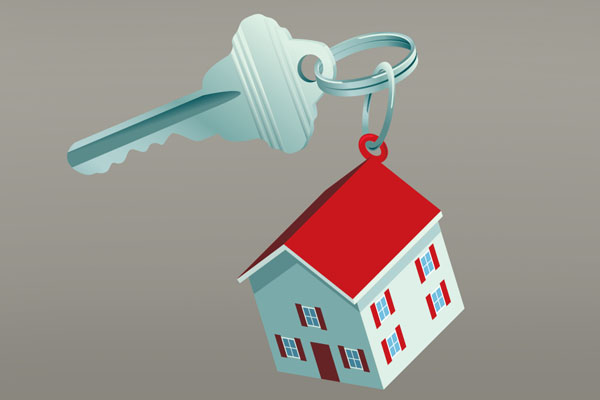When the Fair Housing Act of 1968 turned 50, the obvious question was how effective it was at raising the Black homeownership rate in America. Turns out, not very.
The landmark law prohibited discrimination in the sale, rental and financing of housing. On the half-century anniversary of the law in 2018, news article after news article pointed out that the Black homeownership rate was nearly the same as it was when it was legal for the industry to discriminate.
This came on the heels of a groundbreaking book, “The Color of Law,” which made a compelling case that past government policies at all levels hindered Black homebuying activities. Published in 2017, the book argues that the aftereffects of these policies continue to undermine the ability of Black families to buy homes and build wealth.
Against this backdrop, policymakers, housing advocates and others renewed their efforts to increase the Black homeownership rate specifically — and the homeownership rate for people of color in general. The Black homeownership rate was 44.6% in second-quarter 2021 and has consistently trailed the white homeownership rate by 25 to 30 percentage points for decades.
One of the most attention-grabbing efforts occurred in Evanston, Illinois, where a reparations program was created to give housing grants of up to $25,000, but only to a narrow few — African Americans who were residents or direct descendants of a resident of the city from 1919 to 1969.
Many are recognizing that the future of our economy depends on growing homeownership for people of color.
Bryan Greene, vice president of policy advocacy, National Association of Realtors
A larger-scale effort comes from a partnership of some of the biggest names in U.S. housing, mortgage finance and civil rights. These groups have formed the Black Homeownership Collaborative, which aims to increase the net number of homes owned by African Americans by 3 million by 2030, or from 6.46 million to 9.46 million. This goal, if achieved, also would push the Black homeownership rate above 50% for the first time.
“We wanted to find a number that was audacious,” says David Dworkin, president and CEO of the National Housing Conference. “It could not be reached without significant change, but with that change, the market would be able to reach that goal.”
Groups involved include the Mortgage Bankers Association (MBA), NAACP, National Association of Realtors (NAR), National Association of Real Estate Brokers, National Fair Housing Alliance, National Housing Conference and National Urban League.
“Many are recognizing that the future of our economy depends on growing homeownership for people of color — not just African Americans but Hispanics as well as Asians,” says Bryan Greene, NAR’s vice president of policy advocacy. “The white homeownership rate, it’s hard to know how much higher it can go. If we’re going to see growth in the market, it’s largely going to be from other demographic groups.”
The groups started working behind the scenes two years ago. The Black Homeownership Collaborative was unveiled in summer 2021.
“The Black homeownership gap has been a decades-long, persistent challenge,” says Steve O’Connor, MBA’s senior vice president for affordable-housing initiatives. “The thinking was, it’s going to take a unified effort … from industry, from the nonprofit community, housing advocates and others coming together, developing a playbook and then executing on that playbook.”
The groups outlined a seven-point plan to increase the Black homeownership rate, including downpayment assistance, homeownership sustainability, housing production, and marketing and outreach specifically to communities of color.
Efforts such as these are invariably criticized as “attempting to qualify people who are the poorest of the poor,” Greene says. He points to NAR’s 2021 Snapshot of Race and Home Buying in America report, which shows the typical Black homebuyer was just as educated as the typical white homebuyer but also more likely to be burdened with student debt and less likely to rely on proceeds from a previously owned home.
“We’re actually trying to ensure that people who are busting their butts and doing a lot more in many cases than the average American can achieve the same thing,” Greene says.
Black homeownership actually made strong gains in the 1990s and early 2000s. But people of color were disproportionately hurt by the housing crisis and targeted by predatory lenders, Greene says. This has made these households wary of the mortgage industry.
Outside forces also will play a role for both good and ill. Fannie Mae’s decision to consider rental-payment history in the mortgage process will help qualify lower-income and minority borrowers. But stories of appraisal bias could discourage people of color from even attempting to fulfill the American dream.
Should people be skeptical about a goal set to be achieved in 2030? Dworkin says the Black Homeownership Collaborative will do quarterly reviews internally and release annual updates.
“I would say, come back next year and judge our progress,” Dworkin says. “Come back the year after and judge our progress, and come back again and judge our progress.” ●








